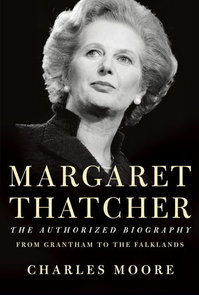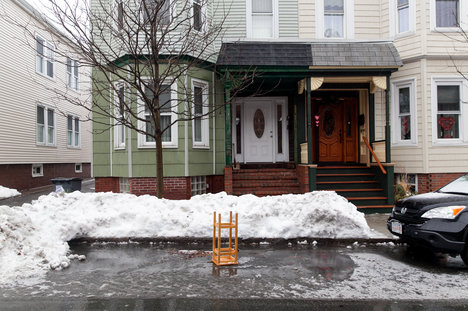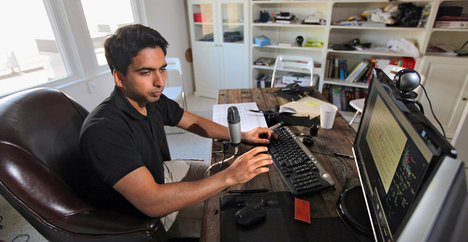(p. D3) In a paper published in Topics in Cognitive Science, a team of linguistic researchers from the University of Tübingen in Germany used advanced learning models to search enormous databases of words and phrases.
Since educated older people generally know more words than younger people, simply by virtue of having been around longer, the experiment simulates what an older brain has to do to retrieve a word. And when the researchers incorporated that difference into the models, the aging “deficits” largely disappeared.
“What shocked me, to be honest, is that for the first half of the time we were doing this project, I totally bought into the idea of age-related cognitive decline in healthy adults,” the lead author, Michael Ramscar, said by email. But the simulations, he added, “fit so well to human data that it slowly forced me to entertain this idea that I didn’t need to invoke decline at all.”
. . .
Scientists who study thinking and memory often make a broad distinction between “fluid” and “crystallized” intelligence. The former includes short-term memory, like holding a phone number in mind, analytical reasoning, and the ability to tune out distractions, like ambient conversation. The latter is accumulated knowledge, vocabulary and expertise.
“In essence, what Ramscar’s group is arguing is that an increase in crystallized intelligence can account for a decrease in fluid intelligence,” said Zach Hambrick, a psychologist at Michigan State University. In a variety of experiments, Dr. Hambrick and Timothy A. Salthouse of the University of Virginia have shown that crystallized knowledge (as measured by New York Times crosswords, for example) climbs sharply between ages 20 and 50 and then plateaus, even as the fluid kind (like analytical reasoning) is dropping steadily — by more than 50 percent between ages 20 and 70 in some studies. “To know for sure whether the one affects the other, ideally we’d need to see it in human studies over time,” Dr. Hambrick said.
For the full commentary, see:
BENEDICT CAREY. “MIND; Older Mind May Just Be a Fuller Mind.” The New York Times (Tues., JANUARY 28, 2014): D3.
(Note: ellipsis added.)
(Note: the online version of the commentary has the date JANUARY 27, 2014, and has the title “MIND; The Older Mind May Just Be a Fuller Mind.”)
The Ramscar article mentioned above is:
Ramscar, Michael, Peter Hendrix, Cyrus Shaoul, Petar Milin, and Harald Baayen. “The Myth of Cognitive Decline: Non-Linear Dynamics of Lifelong Learning.” Topics in Cognitive Science 6, no. 1 (Jan. 2014): 5-42.
One of the papers by Hambrick and Salthouse that discusses crystallized knowledge is:
Hambrick, David Z., and Timothy A. Salthouse. “Predictors of Crossword Puzzle Proficiency and Moderators of Age-Cognition Relations.” Journal of Experimental Psychology, General 128, no. 2 (June 1999): 131-64.








